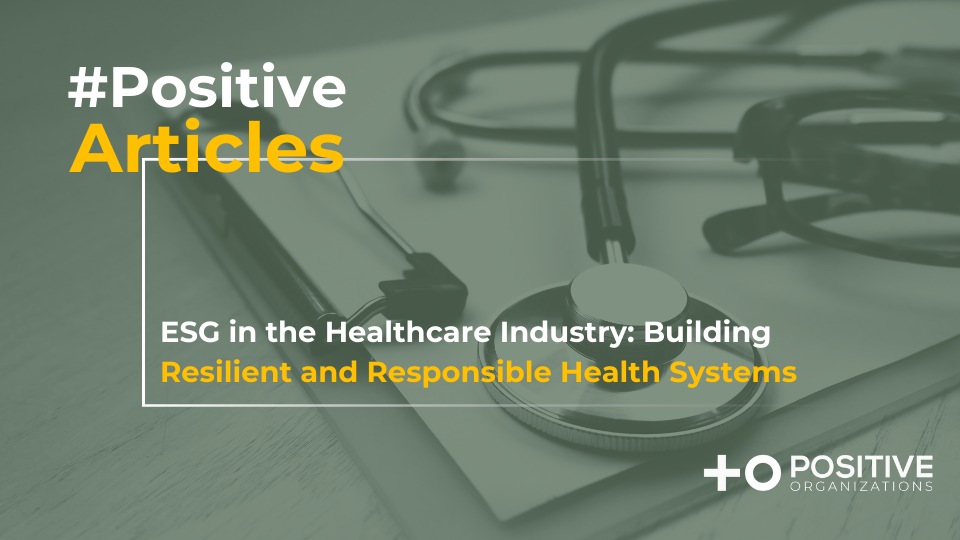News & Publications
.png)
.png)
Can the steel industry truly go net-zero by 2050? Yes—but only if we stop waiting and start transforming today.
Steel is the foundation of our modern world—from buildings and bridges to cars and clean energy infrastructure. But it’s also one of the hardest-to-abate sectors, accounting for 7% of global CO₂ emissions. The path to decarbonization is steep, but it’s not impossible. In fact, the World Economic Forum’s Net-Zero Industry Tracker 2024 outlines a clear—albeit urgent—roadmap.
To meet climate goals, the sector must reduce its emissions intensity from 1.5 tCO₂ per tonne of crude steel (2023) and achieve a 45 % reduction for primary steel and a 65 % reduction for secondary steel by 2030, on the path to net-zero emissions by 2050. That means we can’t afford to treat low-emission steel as a pilot project or a future ideal. We need full-scale adoption of proven solutions now—like green hydrogen-based direct reduced iron (DRI), electric arc furnaces running on renewable power, and carbon capture, utilization, and storage (CCUS).
The transition also requires stronger circularity through increased scrap use, greater energy efficiency, and smarter operations driven by digitalization. These are not technologies of tomorrow—they are available today, even if not yet deployed at scale.
The real barrier is not technological—it’s strategic. Waiting for perfect conditions is a gamble we can’t afford. Every year of delay locks in carbon-intensive infrastructure, drives up future costs, and narrows the window to align with the 1.5°C pathway.
There are signs of hope. Industry leaders are beginning to invest in low-emission steel solutions, and policy frameworks are slowly aligning. But we need much more—faster, broader, and backed by long-term commitments.
At Positive Organizations, we help steel producers and their ecosystems navigate the complexity of this transition. From setting SBTi-aligned targets and adopting breakthrough technologies to enhancing ESG reporting and stakeholder alignment, we turn decarbonization ambition into concrete progress.
Let’s beclear: the future of steel is low-carbon. The only question is whether the industry will lead or lag. Net Zero by 2050 is possible—but only if we forge ahead now.
Start Your
Journey Today









.png)





